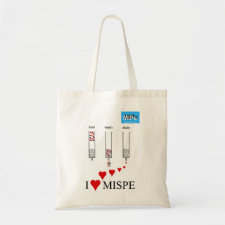
Authors: Yao W, Ning BA, Yin H, Gao ZX
Article Title: Polyacrylamide gel beads for the recognition of staphylococcal enterotoxin B.
Publication date: 2014
Journal: Polymers for Advanced Technologies
Volume: 25
Issue: (8)
Page numbers: 900-904.
DOI: 10.1002/pat.3301
Abstract: Protein-imprinted polyacrylamide gel beads (IPGB) were synthesized via inverse suspension polymerization, using staphylococcal enterotoxin B (SEB) as template. The adsorption capacity of SEB-IPGB was almost three times as much as that of non-imprinted gel beads. The Langmuir adsorption models were applied to describe the equilibrium isotherms. The results showed that an equal class of adsorption was formed in the SEB-IPGB with the maximum adsorption capacity of 8.40 mg SEB/g imprinted beads. The selectivity test of imprinted beads shows that they exhibited good recognition for SEB as compared with the other proteins. The formation of multiple hydrogen bonds and complementary shape between the imprinting cavities and the template proteins would be the two factors that led to the imprinting effect. The obtained SEB-IPGB would be used as a potential material for protein toxin separation, extraction, and purification. Copyright © 2014 John Wiley & Sons, Ltd
Template and target information: protein, staphylococcal enterotoxin B, SEB
Author keywords: polyacrylamide, Staphylococcal enterotoxin B (SEB), molecular imprinting, Recognition



Join the Society for Molecular Imprinting

New items RSS feed
Sign-up for e-mail updates:
Choose between receiving an occasional newsletter or more frequent e-mail alerts.
Click here to go to the sign-up page.
Is your name elemental or peptidic? Enter your name and find out by clicking either of the buttons below!
Other products you may like:
 MIPdatabase
MIPdatabase









